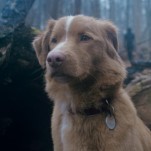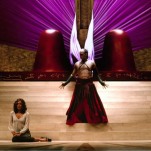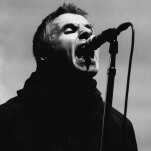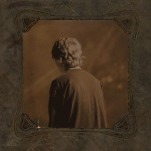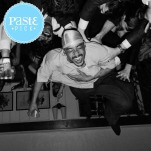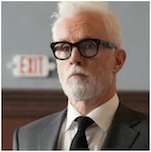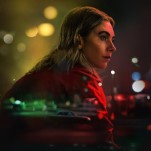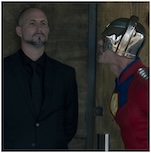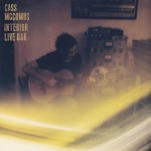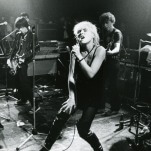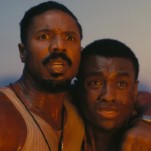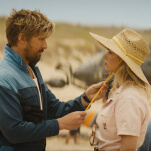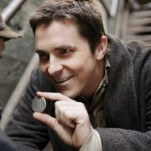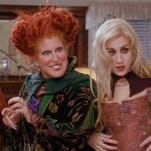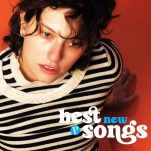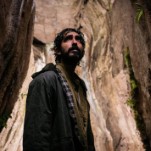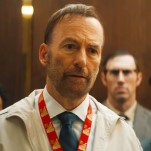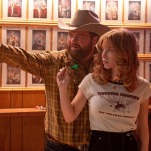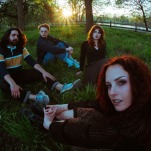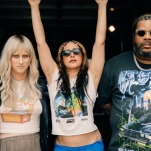Pharrell: Places And Spaces I’ve Been by Pharrell Williams
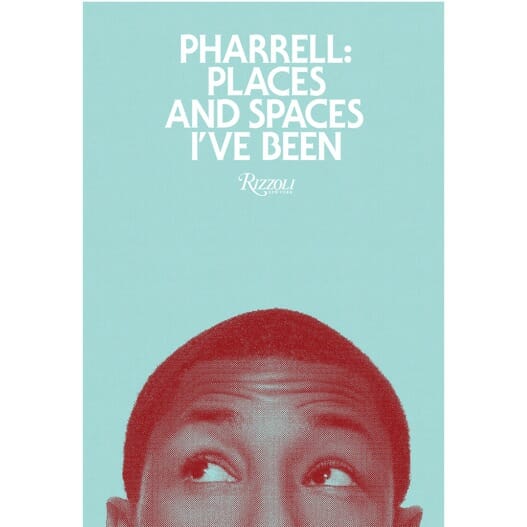
What do Buzz Aldrin, an astronaut famous for walking on the moon, and the musician Pharrell Williams, famous for his work as a member of the production group the Neptunes, have in common?
This sounds like the start of a bad joke. . . with a possible punch line about planets. But in Pharrell’s elastic, self-referential and occasionally random new book, readers find out that Aldrin and the author share some interests. Aldrin once “did a rap song, sort of,” getting the rappers “Snoop Dogg and Talib Kweli to help with the beat and the music.”
Oh, and Pharrell loves outer space.
Pharrell’s best-known (and best) work comes from his days in the Neptunes, a production group he formed that ruled the charts in the early ‘00s. (Only the producer Timbaland might have given the group a run for its money.) Adept at working with stars in rap, pop and R&B, the versatile Neptunes produced songs like Britney Spears’ “I’m A Slave 4 U,” and also helped the rap group Clipse put together a debut album of tough, cocaine-story hip-hop.
The sound of Neptunes productions can be described as technological-funk-minimalism, a descendant of Prince’s pioneering work in that field. Songs the group produced, like Jay-Z’s “I Wanna Love U,” Snoop Dogg’s “Beautiful,” Justin Timberlake’s “Senorita” and Nelly’s “Hot In Herre,” all share the same smoothly blurping funk backbone—a short, jabbing rhythm usually played electronically.
The Neptunes also like using weird, unusual sounds. Their hit “Drop It Like It’s Hot” amounts to not much more than Snoop Dogg rapping over an assortment of slinking percussive noises, one of which might be made by someone mouthing a click into the microphone. “Grindin’” features Clipse on top of a sequence of drums and finger snaps, with the occasional addition of a weird, hollow, keening scooting over the beat. Kelis’s “Milkshake” coheres around industrial whirring and strange “la-las.”
If you aren’t into the radio-friendly fun, the Neptunes also put together darker songs, including a series of threateningly bare, cracking beats for Clipse’s second album. (Though even that album showed their slippery qualities, sneaking in “Nightmares,” basically a bluesy, organ-driven soul tune.)
Pharrell’s work with the Neptunes demonstrates his malleability and flexibility. He easily operates in different worlds and sounds.
Such success would be a dream for most of us. For Pharrell, it’s only one slice of his life. He also recorded in the band N.E.R.D. and released music as a solo artist. He still contributes musically (often without the rest of the Neptunes), recently helping the singer Frank Ocean with the song “Sweet Life,” from his Grammy Award-winning album Channel Orange.
Pharrell refuses to be just a musician. He sees himself as a visionary and an aesthete, pushing numerous art forms in numerous directions. He owns several fashion lines (Billionaire Boys Club and Ice Cream), displays art work in Venice, pops up at Art Basel in Miami.
Rizzolli, publisher of Places And Spaces, also published singer and artist M.I.A.’s recent book M.I.A. Pharrell’s book follows a similar format—minimal text, maximum display, music mainly a sideshow to Pharrell’s forays into fashion and art.
Text consists of interviews and conversations, mostly among the non-musical who have worked with Pharrell, although Jay-Z, Kanye West and other Neptunes show up. Some non-musicians may be known to you—Anna Wintour, editor of Vogue, and Mr. Aldrin. Others may prove more obscure to readers who don’t keep a close eye on the fashion and art worlds: Masamichi Katayama, “the founder and lead designer of Wonderwall, an interdisciplinary firm based in Tokyo.” Takashi Murakami, who collaborated with Pharrell on his Art Basel exhibit. Zaha Hadid, a famous architect.
-

-

-

-

-

-

-

-

-

-

-

-

-

-

-

-

-

-

-

-

-

-

-

-

-

-

-

-

-

-

-

-

-

-

-

-

-

-

-

-


